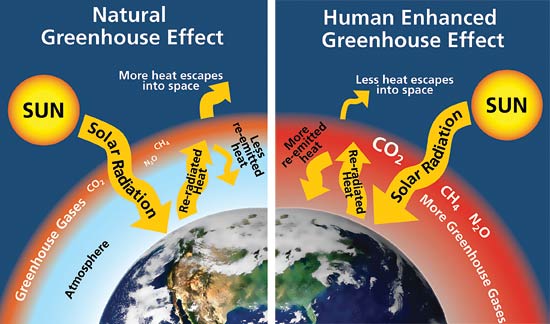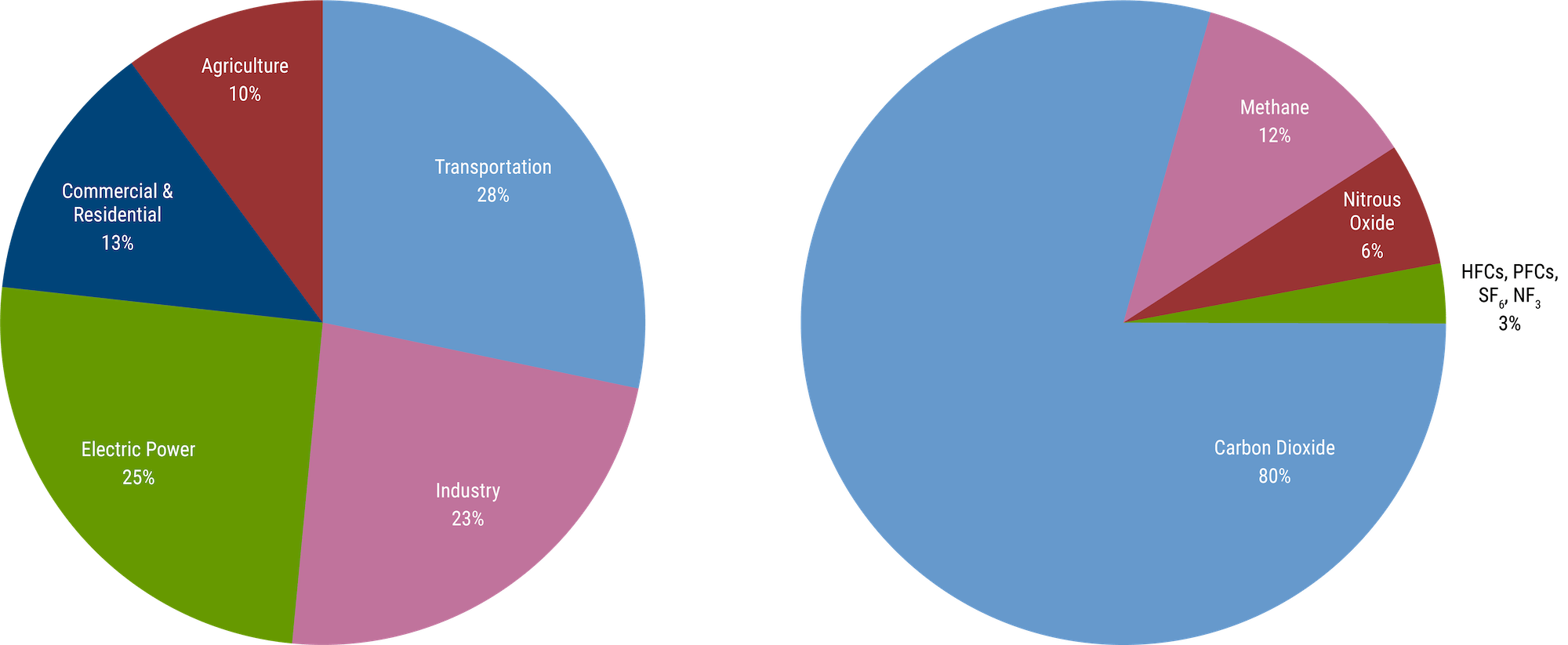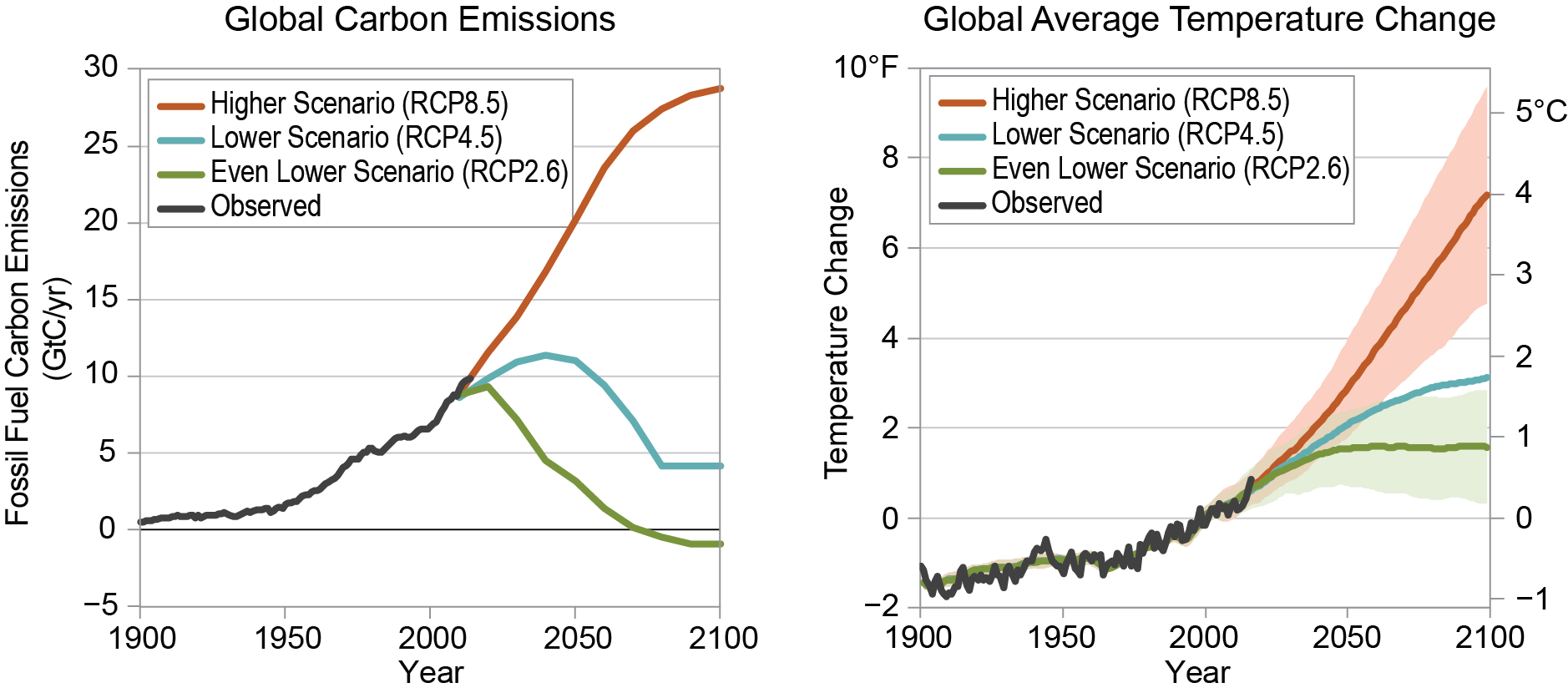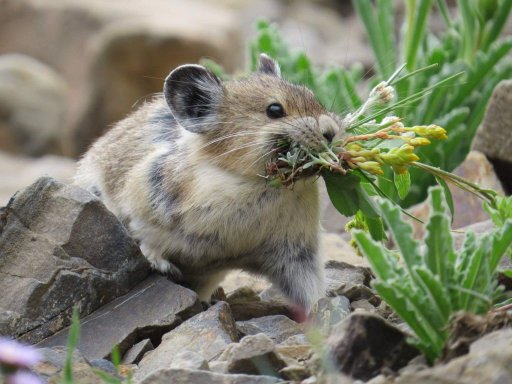This page will help you understand the science behind climate change, the impacts of a changing climate, and how you can help slow climate change and prepare for it. We’ve also created a list of resources and activities for educators and students of all ages.
The Science
Science paints a clear picture: Climate change is happening; it is caused mostly by humans; and it creates many serious and damaging effects. The primary cause of climate change is human activities – like driving cars, creating electricity, and cutting down forests – not natural changes in the climate. These human activities release gases into the atmosphere called greenhouse gases, which slowly warm the planet, creating climate change.
The climate is very complex, and there are still some things we don’t know about it. But through centuries of studies and experiments, we’ve been able to create a strong understanding of how the system works, and how humans are changing it.
The Greenhouse Effect
Imagine a greenhouse made of glass used to grow plants, like flowers and vegetables. The greenhouse keeps the plants inside warm even when it’s cold outside because it traps heat from the sun. The earth’s atmosphere acts like a greenhouse: When light from the sun passes through the atmosphere, some of it is absorbed by the Earth’s surface to heat it, but some heat is also trapped in our atmosphere by certain gases. These heat-trapping gases are called greenhouse gases, and they act like a blanket, keeping the earth warm. This greenhouse effect is a natural process that makes the planet comfortable to live.
But human activities are increasing the amount of greenhouse gases in our atmosphere. One type of greenhouse gas, carbon dioxide, has reached a level in our atmosphere that the Earth hasn’t seen for more than 400,000 years! Plants, soils, and the ocean can absorb carbon dioxide, but they can’t keep up with all the extra greenhouse gases that we have been releasing. And some greenhouse gases stay in the atmosphere for a long time, from hundreds to even thousands of years. All these gases are making things hotter than natural, so we need to stop producing them to avoid climate change.




